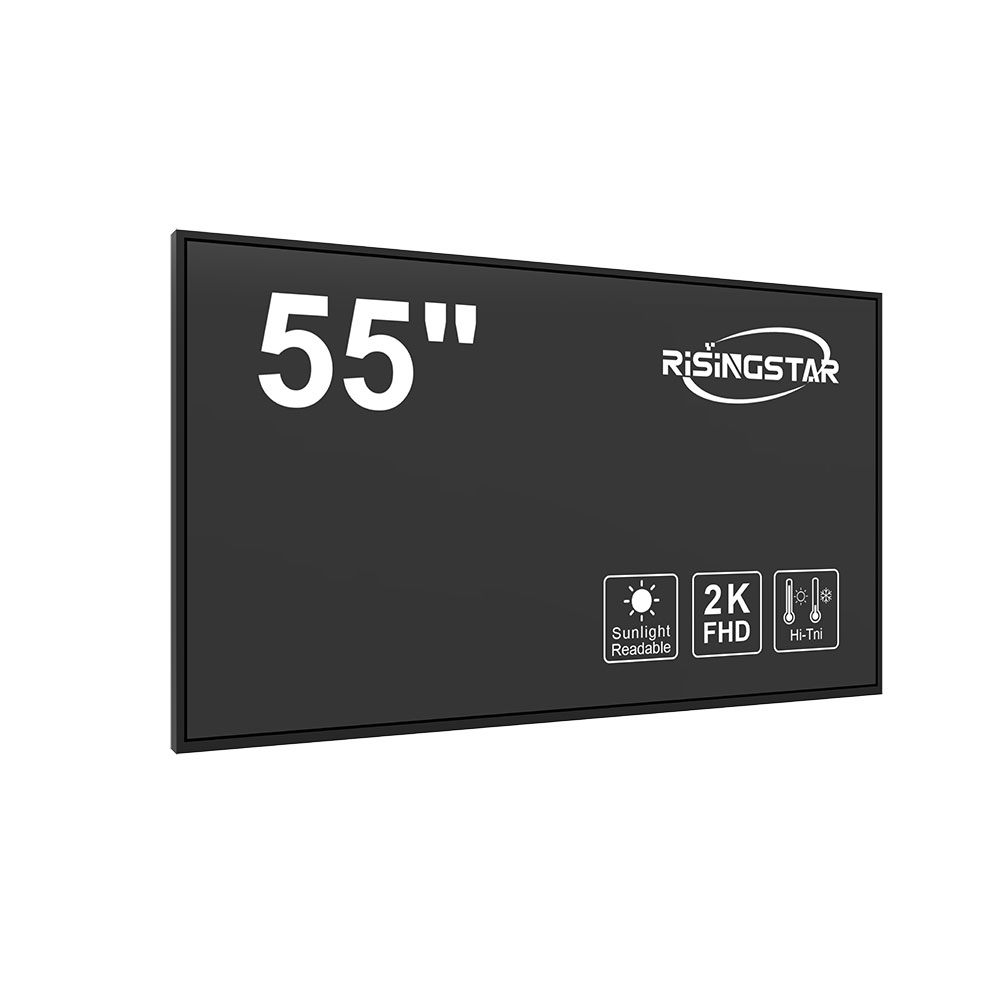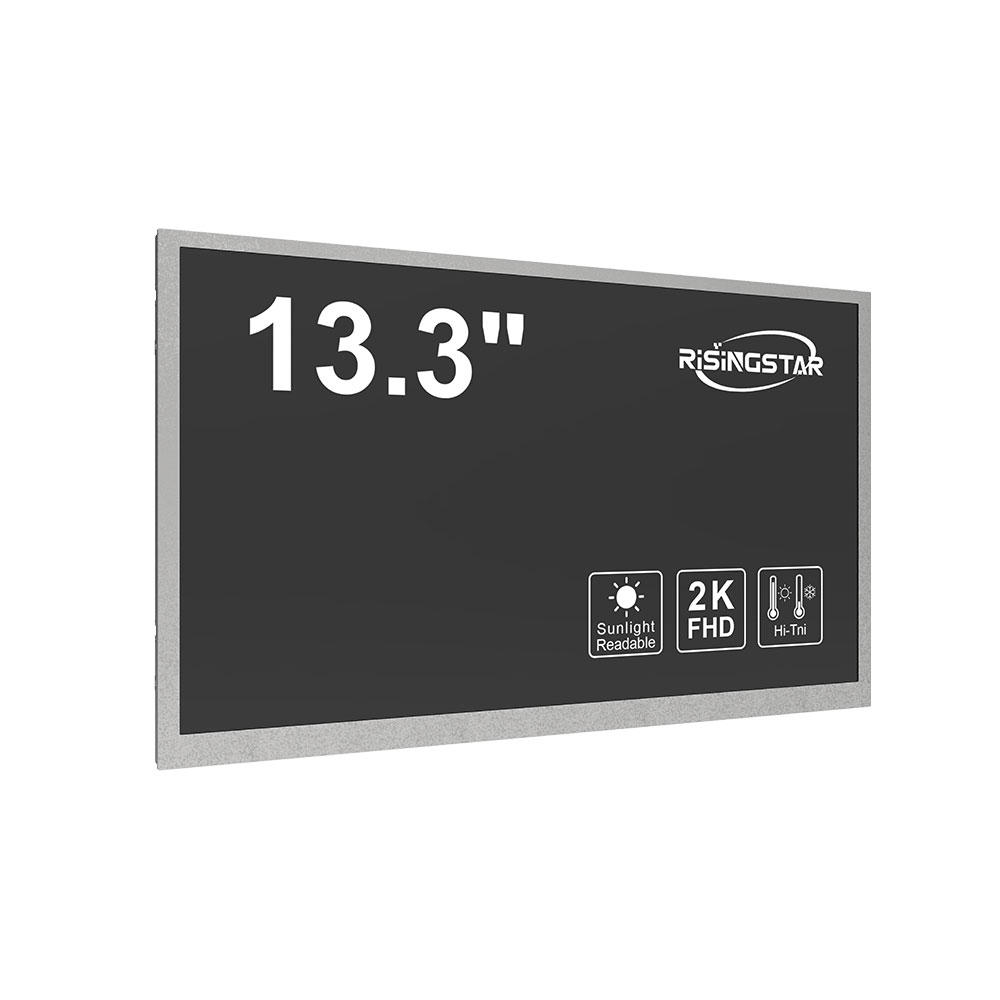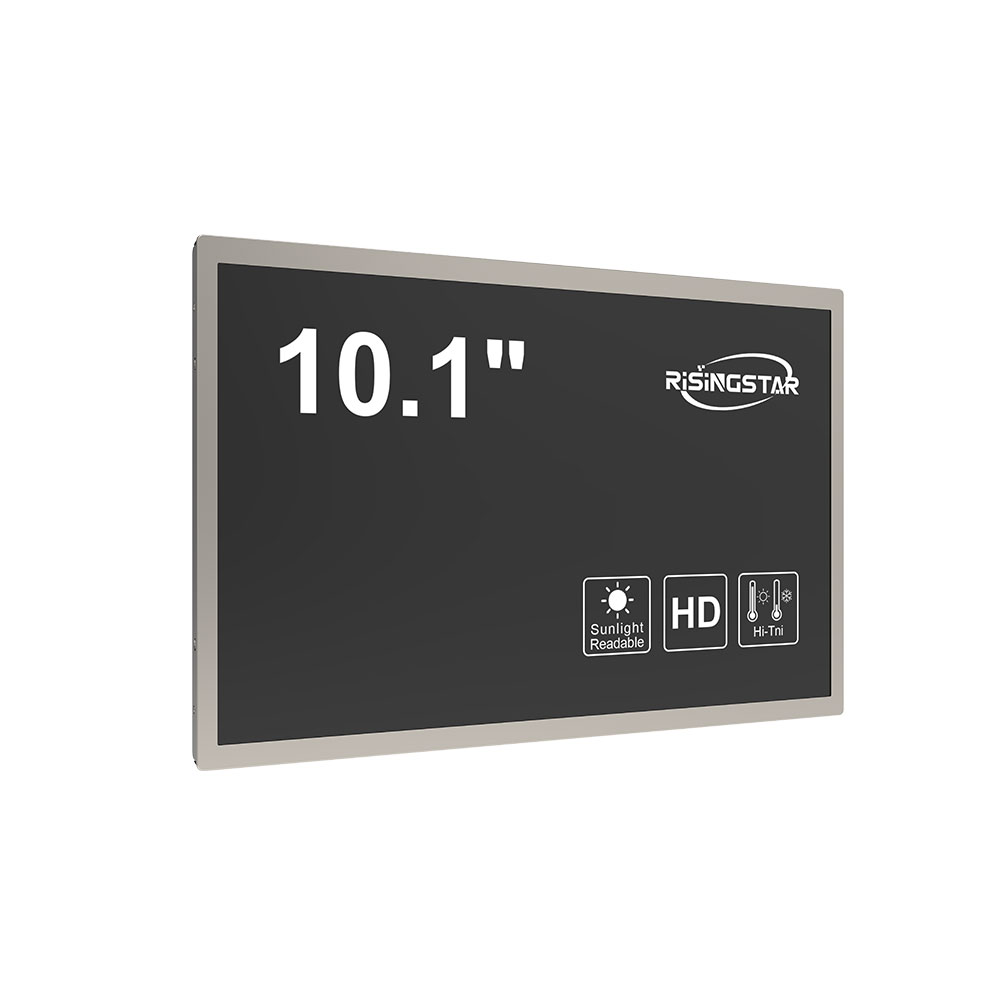- Home
- About Us
- Products
- News
- Video
- Contact
- Send Inquiry
Search
- Home
- About Us
- Products
- News
- Video
- Contact
- Send Inquiry

When selecting an outdoor LCD screen for commercial, industrial, or public use, it’s essential to prioritize both visibility under varying lighting conditions and long-term durability against environmental stressors. Based on over a decade of experience in manufacturing high-brightness displays for global clients—from airport information systems to retail digital signage—industry standards such as IEC 60068-2 for environmental testing and ANSI/INFOCOM guidelines for brightness requirements must be strictly followed.
First, consider brightness levels. Outdoor screens must typically exceed 5,000 nits, with premium models reaching up to 10,000 nits for direct sunlight environments. This ensures content remains legible during peak daylight hours without compromising energy efficiency. For example, a 7,000-nit display used in a Dubai metro station maintained 98% readability at noon compared to a standard 3,000-nit unit that faded into illegibility within 30 minutes.

Second, evaluate IP ratings for protection against dust and water ingress. An IP65 rating is minimum for most applications; however, installations near coastal areas or heavy rainfall zones require IP67 or even IP68. Real-world data from a case study in Singapore showed that IP67-rated units had a 74% lower failure rate over 3 years compared to IP65 models exposed to salt-laden air and frequent monsoon rains.

Third, assess thermal management. Outdoor LCDs operate in extreme temperatures—from -30°C to +60°C—so passive cooling (via heat sinks) or active cooling (fans with sealed enclosures) must be integrated. According to a 2023 report by Display Supply Chain Consultants (DSCC), screens with intelligent thermal regulation saw 40% fewer pixel failures over five years than those without.

Finally, choose materials certified for UV resistance and corrosion resistance. Aluminum frames with powder coating and tempered glass with anti-reflective coatings significantly extend lifespan. A U.S. Department of Transportation project using these specifications reported zero screen replacements after 5 years in Arizona's intense sun exposure.
In summary, successful deployment hinges on aligning technical specs—brightness, sealing, thermal design, and material integrity—with real-world conditions. These principles ensure not only immediate performance but also long-term cost-effectiveness, safety, and compliance with international standards like IEC and ISO.